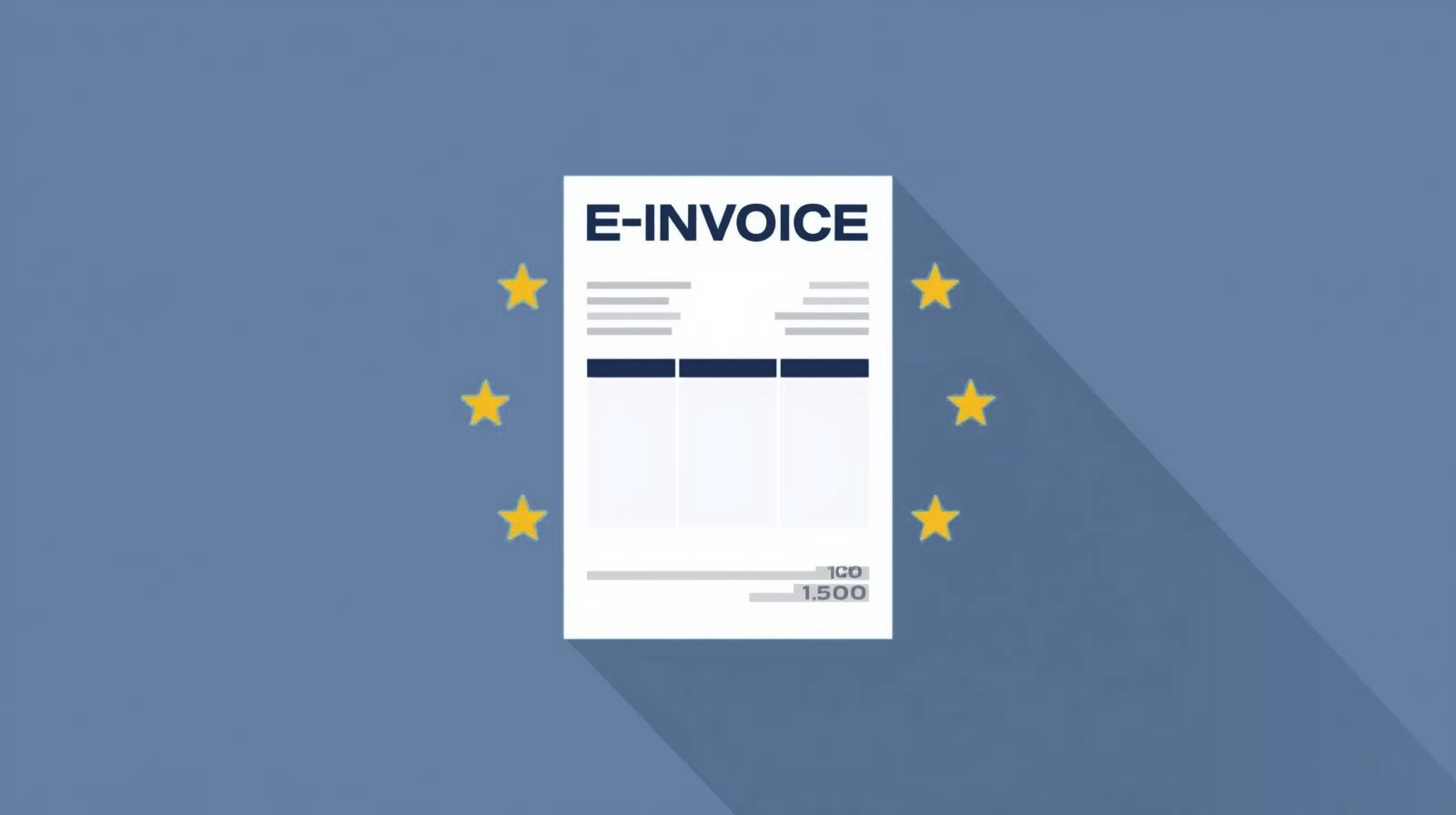the Depreciation table (depreciation for wear and tear) is an official overview in which the normal useful life of assets is defined. It forms the basis for the straight-line Depreciation of fixed assets under tax law in accordance with § 7 EStG.

Purpose and application:
- Used to evenly distribute acquisition or production costs over the expected useful life of an asset.
- If, when determining the annual depreciation amounts for income tax purposes and in the accounting used.
- The values in the depreciation table apply regardless of the actual useful life in the company.
Examples of useful lives:
| Economic good | Useful life |
|---|---|
| Laptop / PC / Printer | 3 years |
| Mobile phone / smartphone | 5 years |
| Car / cash register | 6 years |
| Office furniture | 13 years |
| Office container | 10 years |
Types of amortisation:
- Straight-line depreciation: Even depreciation over the entire useful life, based on the depreciation table.
- Immediate amortisation: For low-value assets (GWG) with acquisition costs of up to €800 net.
- Collective amortisation (pool): For goods from € 250.01 to € 1,000 net, amortisation over five years at 20 % each.
- Exceptional depreciation: Z.E.g. in the event of technical or economic wear and tear, for example due to fire or vacancy.
Practical examples:
- Laptop: 1,800, depreciation period: 3 years → € 600 per year.
- PASSENGER CAR: 25,000, depreciation period: 6 years → € 4,166 per year, to be recognised on a monthly basis.
Legal basis and provision: The official depreciation tables are published by the Federal Ministry of Finance and are available for specific sectors. The AV depreciation table applies to generally usable fixed assets.
Important changes (since 2018):
- GWG limits raised: immediate depreciation up to €800, pool depreciation up to €1,000.
- Assets up to € 250 can be recognised directly as operating expenses.
A notice: The net amounts are decisive for the Depreciation type - irrespective of the VAT liability.

Verifactu in Spain: the new invoicing obligation

The e-invoicing regulations in Europe

Versino Financial Suite V09.2025 for SAP Business One

Accounting outsourcing: Why it pays off for SMEs

CANDIS for SAP Business One
